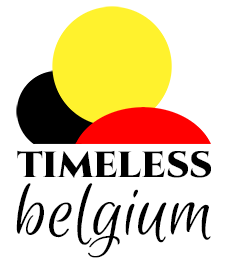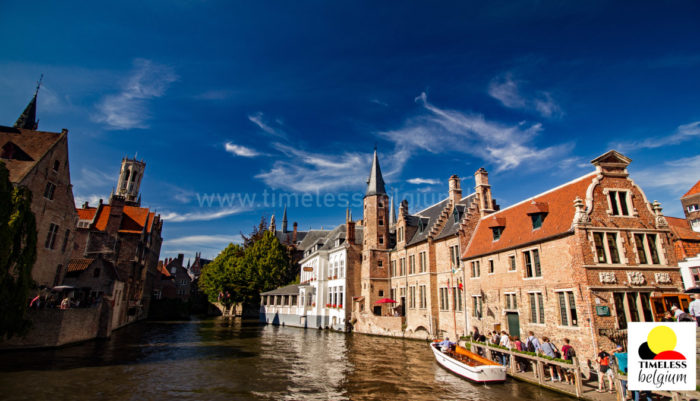Unesco world heritage listed location in Kortrijk : the Saint Elisabeth beguinage with its typical white houses in inner court
Browse the collection : Kortrijk cityscape time lapse and video stock footage
The beguine movement first emerged in the region of Flanders (present-day Netherlands and Belgium) around 1240, but its precise origins remain unclear. Some historians explain that béguines were a byproduct of the undergoing societal and religious evolutions in medieval times.
The Béguines were women who dedicated their lives to God without retiring from the world. In the 13th century they founded the béguinages , enclosed communities designed to meet their spiritual and material needs. The Flemish béguinages are architectural ensembles composed of houses, churches, ancillary buildings and green spaces, with a layout of either urban or rural origin and built in styles specific to the Flemish cultural region.
(Unesco)
Béguinages were first developed as small communities during the Middle Ages in western Europe. But in the 13th century, larger communities developed in what’s now Belgium, the Netherlands, and northern France. These new, larger “court” béguinages usually had several boarding houses for the beguines, multiple churches and chapels, courtyards, gardens, farms, and production buildings too, like bakeries and breweries.
File names, codec and sizes | ||
kortri14_fhd | kortri14_5K+ | kortri14_web |
Mov ProRes 422 HQ | Mov ProRes 422 HQ | H264 Mp4 |
225 Mo | 1,86 Go | 12,9 Mo |

 My Account
My Account 



